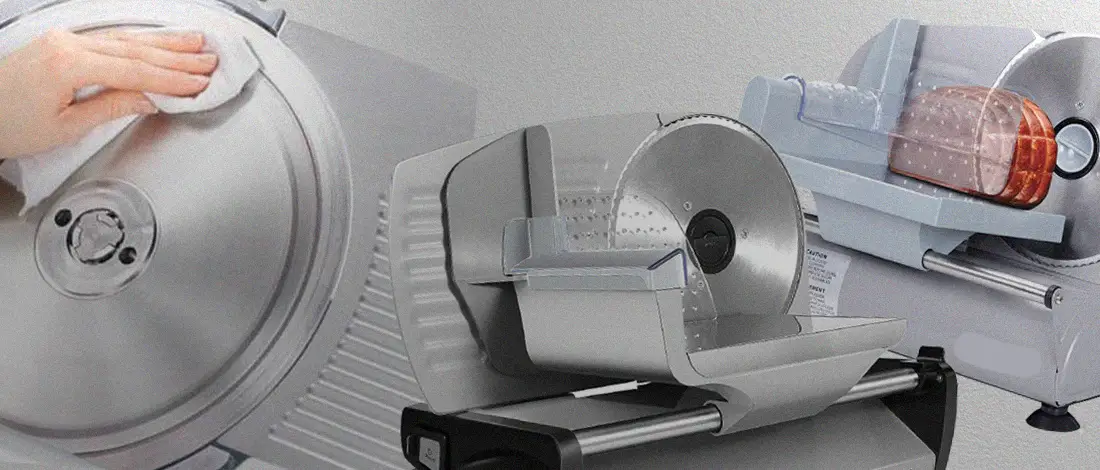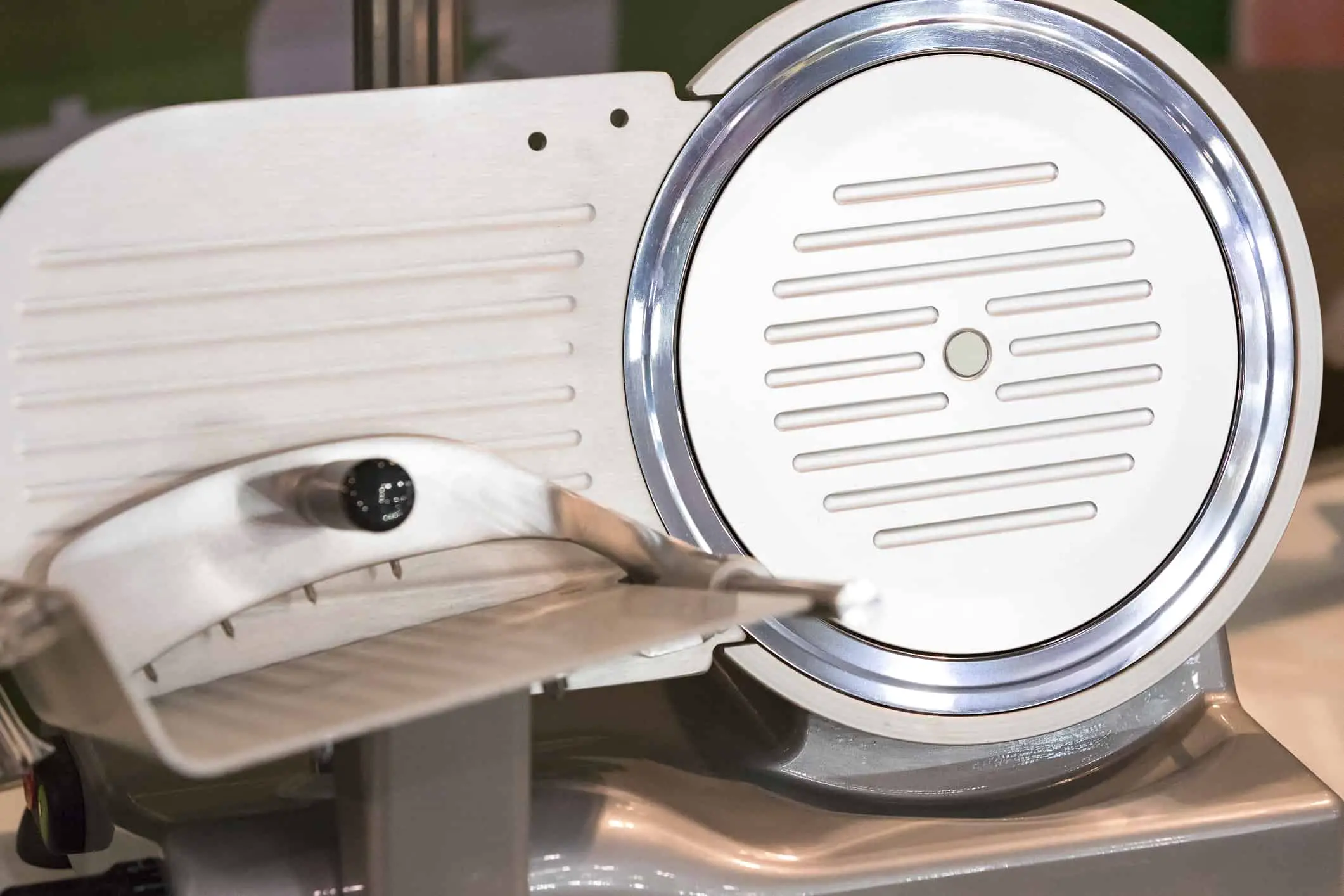How Often Must a Meat Slicer Be Cleaned and Sanitized: A Comprehensive Guide
Meat slicers are crucial tools in commercial kitchens and food establishments, enabling efficient and precise slicing of various meats. To ensure food safety and maintain optimal performance, regular cleaning and sanitization of these machines are imperative. In this article, we will explore the importance of cleaning and sanitizing meat slicers, the potential risks of neglecting this task, and the recommended cleaning frequency. Let's delve into the details!

Meat slicers
1. The Significance of Cleaning and Sanitizing Meat Slicers
Maintaining a clean and sanitized meat slicer is crucial for several reasons:
1.1 Preventing Cross-Contamination:
Cross-contamination can occur when bacteria and pathogens from one food item are transferred to another. Proper cleaning and sanitizing prevent cross-contamination, reducing the risk of foodborne illnesses.
1.2 Prolonging the Lifespan of the Equipment:
Regular maintenance, including cleaning and sanitization, can extend the lifespan of the meat slicer. Accumulated residue and debris can lead to mechanical issues, reducing the slicer's efficiency and performance.
1.3 Complying with Health and Safety Regulations:
Food safety regulations mandate that food preparation equipment, including meat slicers, must be kept in a hygienic condition. Failure to adhere to these regulations can lead to penalties or closure of the establishment.
2. Potential Hazards of Inadequate Cleaning
Neglecting to clean and sanitize a meat slicer appropriately can result in the following hazards:
2.1 Bacterial Growth:
Food particles left on the slicer's surface can create an ideal environment for bacteria to grow, increasing the risk of foodborne illnesses.
2.2 Flavor Contamination:
Residue from previously sliced foods can taint the flavor of freshly sliced products, compromising the overall quality of the dishes.
2.3 Costly Maintenance:
Failure to clean and maintain the meat slicer may lead to mechanical issues, requiring costly repairs or even replacement.
3. Recommended Cleaning and Sanitizing Frequency
The cleaning and sanitizing frequency of a meat slicer depends on its usage and the type of foods being processed. Here are the general guidelines:
3.1 Daily Cleaning:
After each use or at the end of the day, the meat slicer should undergo a thorough cleaning to remove any food residue. This process involves disassembling the slicer, washing its removable parts, and wiping down the surfaces with warm soapy water.

Meat slicers
3.2 Sanitizing:
Following the daily cleaning, the slicer's parts that come into direct contact with food, such as the blade and guard, should be sanitized using an appropriate food-safe sanitizer.
3.3 Weekly Maintenance:
Once a week, the meat slicer should undergo a more detailed cleaning process. This involves disassembling the slicer, cleaning all components thoroughly, and applying a sanitizer approved for commercial kitchen use.
3.4 Monthly Inspection:
At least once a month, conduct a comprehensive inspection of the meat slicer's components, ensuring that all parts are in good working condition. Lubricate the slicer as per the manufacturer's instructions to maintain smooth operation.
4. Proper Cleaning Procedure
Follow these step-by-step instructions to clean and sanitize your meat slicer properly:
4.1 Preparation:
- Disconnect the slicer from the power source.
- Wear protective gloves to avoid injury and prevent contamination.
4.2 Disassembly:
- Carefully remove the blade, guard, and any other removable parts.
- Place them in a sink filled with warm soapy water.
4.3 Cleaning:
- Clean each part with a soft brush or cloth to remove any food debris.
- Rinse the parts thoroughly with clean water.
​​​​​​​
4.4 Sanitizing:
- Prepare a food-safe sanitizer solution as per the manufacturer's instructions.
- Immerse the disassembled parts in the sanitizer for the recommended duration.
​​​​​​​
4.5 Wiping Down the Slicer:
- Use a clean cloth soaked in sanitizer to wipe down the slicer's surfaces.
- Pay close attention to hard-to-reach areas.
​​​​​​​
4.6 Drying and Reassembly:
- Allow the disassembled parts and slicer surfaces to air dry completely.
- Reassemble the slicer carefully once all parts are dry and ready.

Meat slicers
Regular cleaning and sanitizing of meat slicers are essential to ensure food safety, maintain equipment longevity, and comply with health regulations. Daily cleaning and sanitizing, along with weekly maintenance, will help prevent hazards associated with inadequate hygiene. By following the proper cleaning procedures, you can guarantee the safe and efficient operation of your meat slicer, contributing to the overall success of your food establishment.